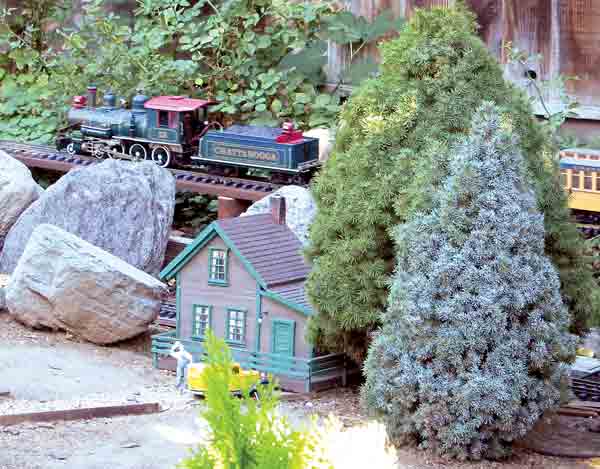Latin name: Picea glauca ‘Sanders Blue’ aka P.g. ‘Sanderi’
Plant type: Dwarf conifer
USDA Hardiness Zones: 4-9 (winter protection in Zones 3-5)
Cultural needs: Moist, well-drained, slightly acidic soil, sun or part shade
Plant size: 4-6′ high by 2-3′ wide in 10 years, if not pruned














